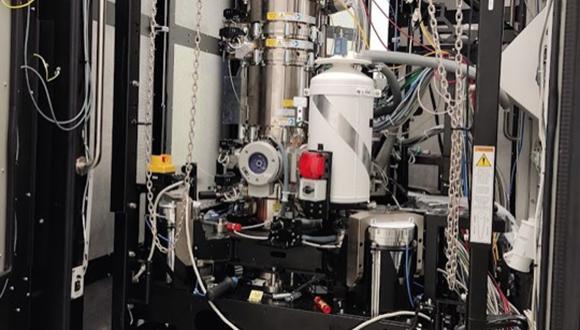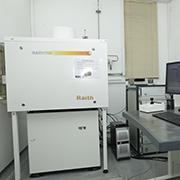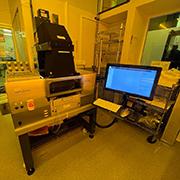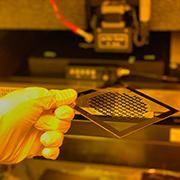Spectra 200 S/TEM
Manufacturer and model:
Thermo Fisher Scientific, Spectra 200 S/TEM
Description:
Extremely capable, dedicated for various analytical experiments at very-high-spatial-resolution by scanning and transmission electron microscopy ((S)TEM). It is equipped with an electron-probe aberration corrector (S-CORR) that enables it to achieve a sub-Angstrom resolution in STEM mode even at an accelerating voltage of just 60 kV. It comes equipped with a cold field emission gun (X-CFEG) that produces an ultra-bright, highly coherent, and high-energy-resolution (<0.4 eV) electron beam; that is a significant enhancement for analytical experiments.
Spectra has constant power lenses from the top to the bottom, which minimizes instabilities due to thermal drift. This includes a Lorentz lens that enables it for the study of magnetic materials (Lorentz microscopy). For elemental analysis, Spectra is equipped with a Super-X EDS (energy dispersive spectrometer) that uses collimation to enhance the signal-to-noise ratio and thus improve the detectability and quantitability (from Be; Z > 3).
TEM contrast images and electron diffraction patterns are recordable by a speed-enhanced Ceta-M camera that may record 40 frames per second at an outstanding resolution of 4096px x 4096px.
STEM bright and dark field micrographs are recordable by a segmented PANTHER detector (8 BF x 8 DF segments) that offers the option for contrast enhancement by DPC and iDPC techniques (differential phase contrast and integrated DPC). For instance, DPC may be used to enhance the visibility of light elements in probe-corrected phase-contrast (lattice) images; or differentiate magnetic domains. STEM HAADF (high angle annular dark field) micrographs, for atomic Z-contrast imaging, are recordable by a Fischione detector.
Spectra is enabled for 4D-STEM, that is the simultaneous mapping of STEM-HAADF, electron diffraction and/or EDS signals for improved materials identification.
Spectra can perform electron beam precession that produces quasi-kinematic electron diffraction (XRD-like) patterns with ~1 nm resolution, in STEM.
A biprism installed in the SA plane enables the utilization of this microscope for off-axis electron holography experiments.





